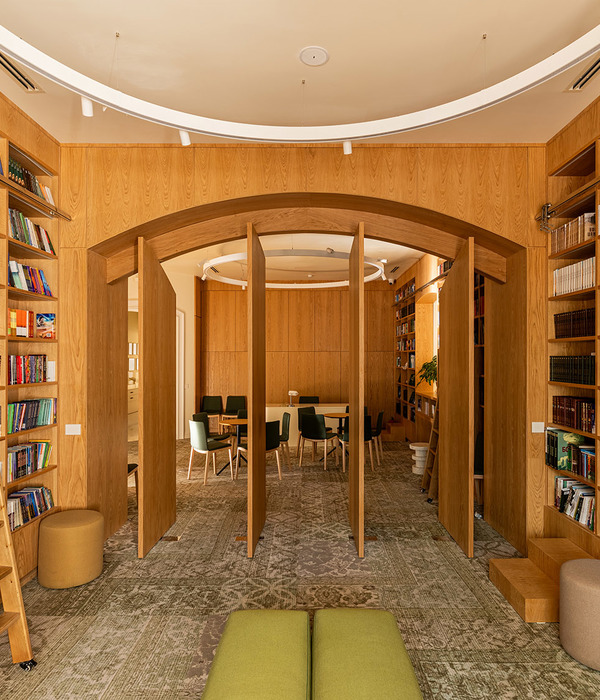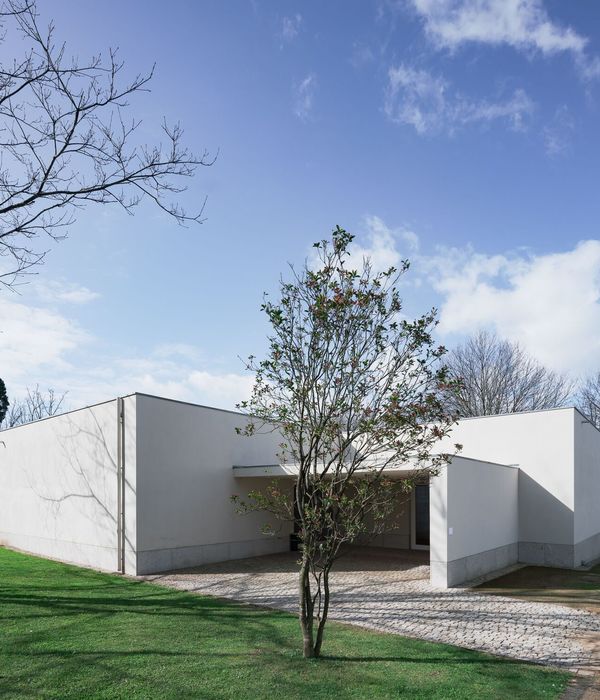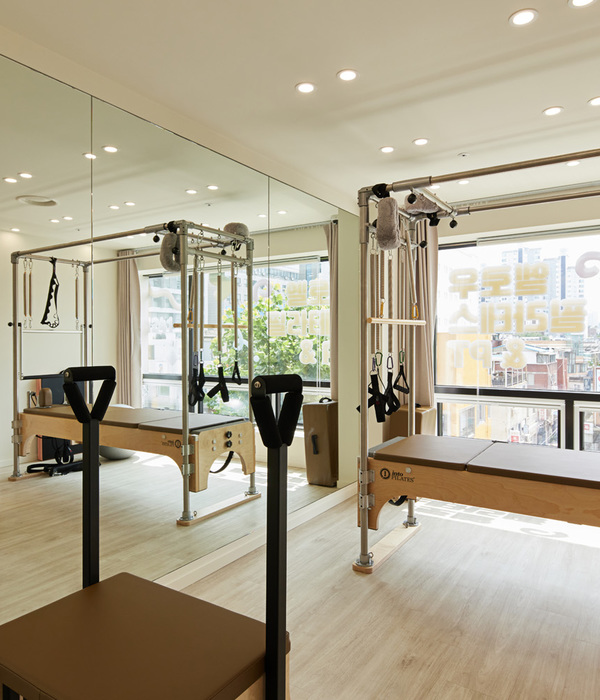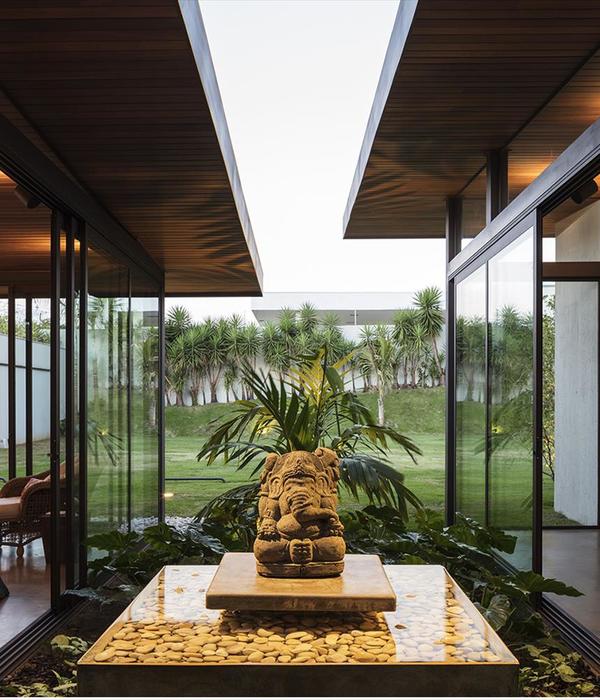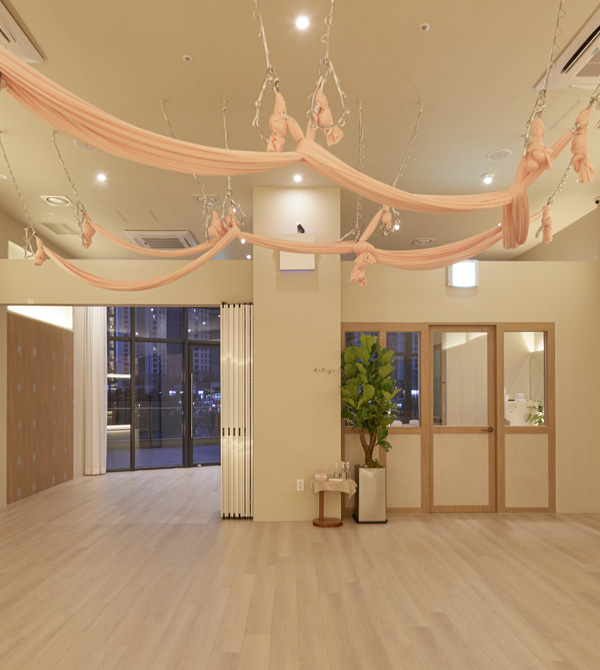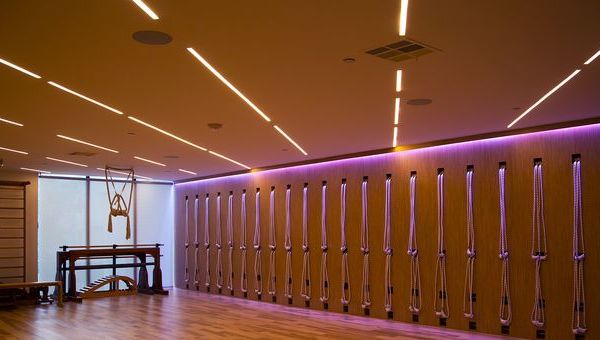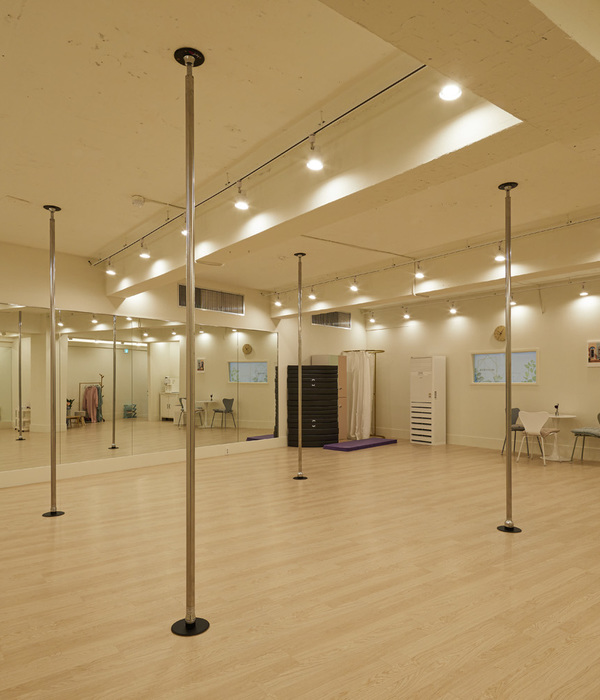Sheena Murphy’s design approach was shaped by the vibrant community life of New York, where she worked and lived for the past eight years, setting up her studio, nune. More recently, she has settled back in London, continuing her aim to promote human connection in every sphere of her life as a designer, from supporting designers of minority backgrounds and being active in her new neighbourhood of Queen’s Park, to placing social impact at the centre of her business.
Beyond Sheena’s harmonious aesthetic, she offers a compassionate and human approach to design by prioritising ethically-produced furnishings and objects, and fulfilling her environmental duty as an entrepreneur by letting no materials go to waste. We paid Sheena a visit to find out how she translates her ethical values into interiors.
: “When we moved back to London from New York, it a bit felt premature in some ways. My husband and I had planned to make that step a few years later, but I came here to be closer to my family, and have actually ended up feeling really comfortable being home.
“And moving back has meant I’ve had the opportunity to work on this house, which has been a rewarding project. My studio’s aesthetic is pared-back and very modern but in terms of form and textiles, we choose to be more eclectic, so that it never feels too flat or minimal. Our work has been described as minimal before but in the context of my home, it doesnt feel that way to me.
“There has been an evolution in our style. I used to be very into colour, but today’s palette is more limited, organic, neutral. As my life got busier and more hectic, I needed a place that felt quieter.
“What I find inspiring about London and New York is that everyone has an exciting story about ways in which they live, their background and profession. Ultimately what we do as designers is work for people, trying to enhance the way they live.
“As interior designers, we collaborate with architects, artists, makers… but we never collaborate with one another, people that are doing the same job as us. While in New York, I hosted dinners for designers, where nobody knew each other but we all knew each others work. So we would get together, share a meal and maybe share information and create friendships. It is the human connection, whether it is someone in your profession or your next-door neighbour, that I think is so important, and we must try to change the disconnection people so commonly feel nowadays.
“In our work, we are very passionate about supporting small businesses, female-run businesses, and designer-makers rather than mass-produced pieces. We focus on craftsmanship and material being king, and our dream clients are people that align with us and understand the human and environmental impact of the choices for their home.
“We avoid bringing things that are toxic, mass-produced; when were not really sure what the materials are, and letting them off-gas in people’s homes. But we also think about whos making those things, where those pieces are coming from, what conditions they are being made in, the age of the people making them. It becomes an ethical question. So we try really hard to shop small, to support people who care about the process and the material. The ability to make these choices is a privilege, but we must consider the ethics as much as we can.
“Right now I am working on a show where we are shining a spotlight on female immigrant artists, designers and entrepreneurs in our industry. Now, as a member of Conduit, I continue brainstorming ideas for more inclusion. Whether it’s something like that or its working with a local housing association that helps us figure out how to funnel waste (our clients get rid of so many perfectly wonderful things that somebody else could use) we think that part of our task as designers is to give back to the community.
“In the future, I would love to live somewhere smaller than this house. I like an idea of a period home, small enough for us to do everything ourselves and do it up from scratch, here in Queen’s Park, where we have now lived for eight months, or perhaps Islington with its incredible amenities and food scene.”
Modern living is so dependent on ones physical and cultural context, personal values and lifestyles. For me, its about having highly functional spaces that allow me to simplify and slow down. Modern life seems to go by so fast and can demand so much of you, so when I come home, I want an environment that embraces me and brings me calm.”
Powerscroft Road. That area of London is so interesting to me. Having been out of the city for close to 12 years, areas like this are almost unrecognizable from what they were. Yet they still seem to retain interesting commercial diversity and a cross-section of the population. The proportions of this house feel so comfortable to me and DayTrip.studio have done a beautiful job. By applying sensitivity and cohesion in their palette and material choices, they have created a consistent visual language which enables the transition from period architecture to modern intervention to be so successful. I love it.”
{{item.text_origin}}


